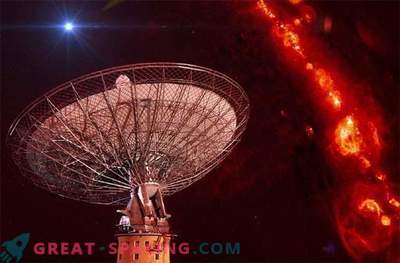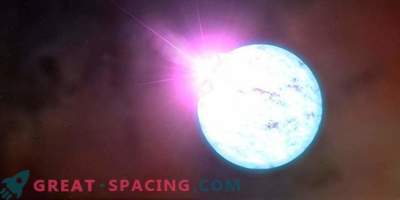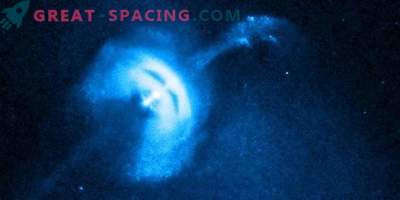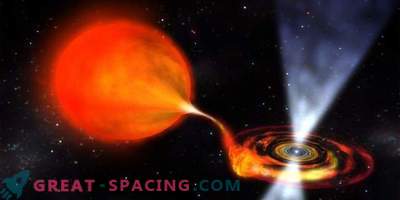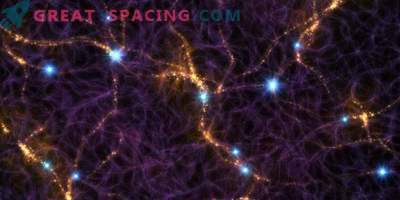
Aerial photography of the South African radio telescope MeerKAT
When the stars reach the end of their main sequence, they undergo a gravitational collapse, displacing the outer layers in a supernova explosion. The rest is a dense rotating nucleus filled with neutrons. In the Milky Way, the existence of 3,000 such objects is known. An even more rare type of neutron stars is magnetars, of which only a couple of tens have been found in our galaxy.
These stars are particularly mysterious due to the presence of extremely powerful magnetic fields. They are so strong that they can tear them apart. In a new study, the team discovered changes in an object that was inactive for 3 years.
The analysis examined the object designated as PSR J1622-4950. Magnetars got their name due to the fact that their magnetic fields are 1000 times more powerful than those of ordinary pulsating neutron stars (pulsars). The energy is so strong that it practically breaks the star itself, causes instability and demonstrates great variability.
Usually magnetars emit X-rays, but only 4 produce radio waves. One of these is PSR J1622-4950, distant from us by 30,000 light years. Since 2015, he was in a sleeping state. However, the researchers noted that on April 26, 2017, he awoke. At that time, he radiated bright radio pulses every 4 seconds. The MeerKAT radio telescope took control of the review. These data will help to better understand the behavior of matter in incredibly extreme physical conditions, which is completely unlike earthly ones.
For further observations, the observatories XMM-Newton, Swift, Chandra and NuSTAR were used. This allowed us to identify several interesting characteristics. First of all, the density of the radio stream during the variable period was 100 times greater than at the time of hibernation. In addition, the X-ray flux increased 800 times in a month from the moment of awakening, but began to rapidly decay in the period from 92-130 days.
The general geometry corresponded to the early analysis, but this time radio waves came from another place in the magnetosphere. This indicates that the radio emission of magnetars may differ from ordinary pulsars.

Artistic vision of a flash on an ultramagnetic neutron star (magnetar)
This discovery confirmed the amazing capabilities of the MeerKAT Observatory, part of the Square Kilometer Array (SKA) multi-radio telescope, covering instruments in Australia, New Zealand and South Africa.


